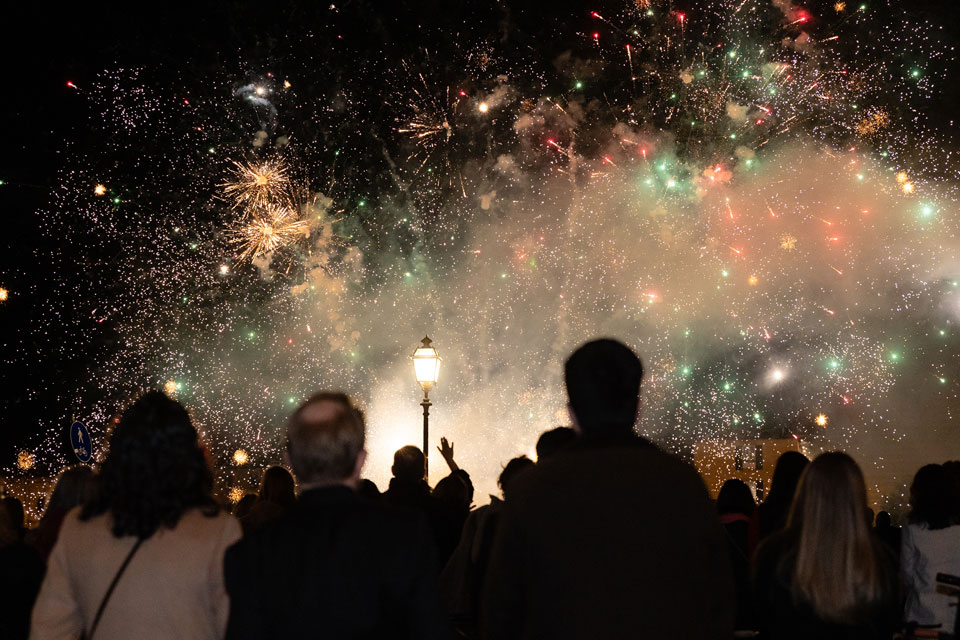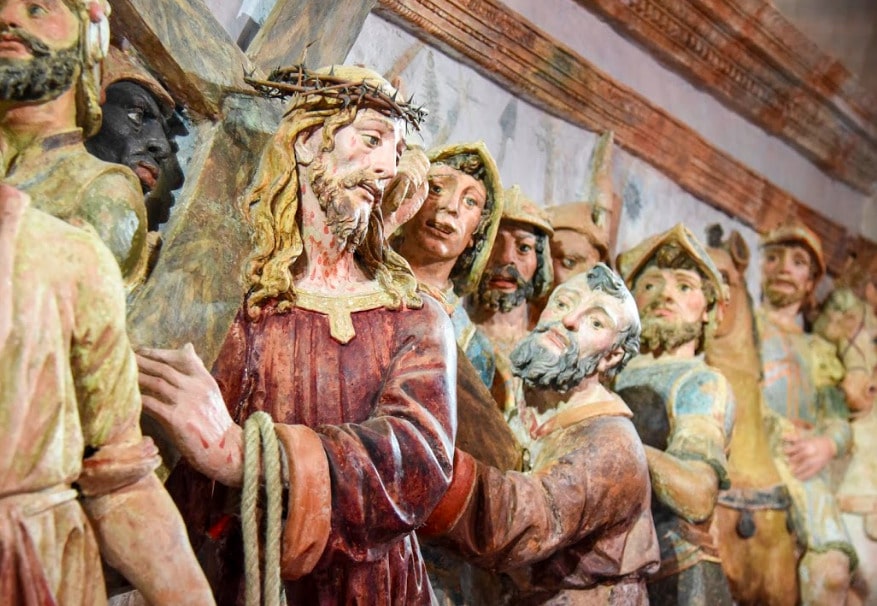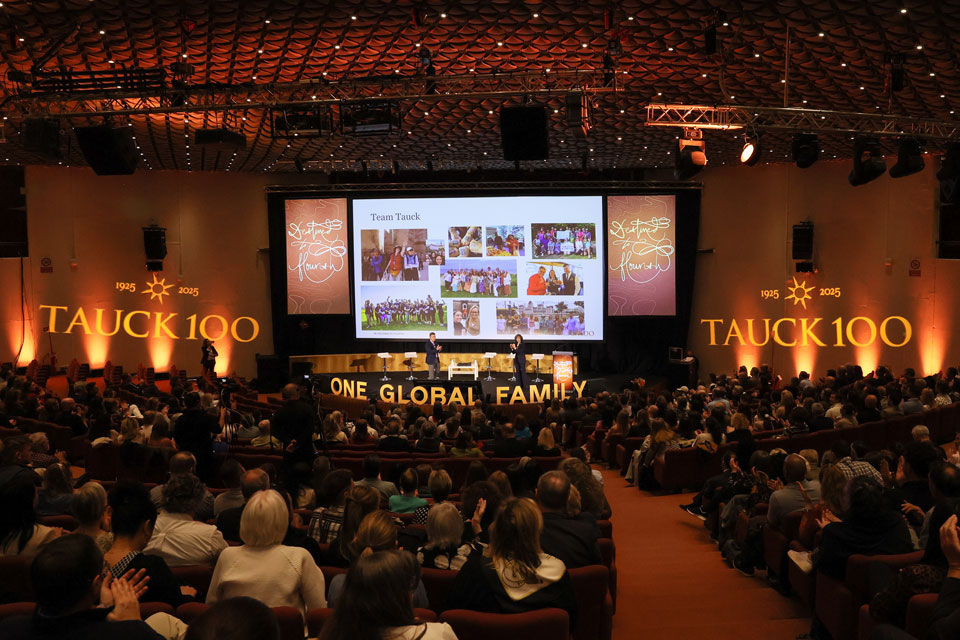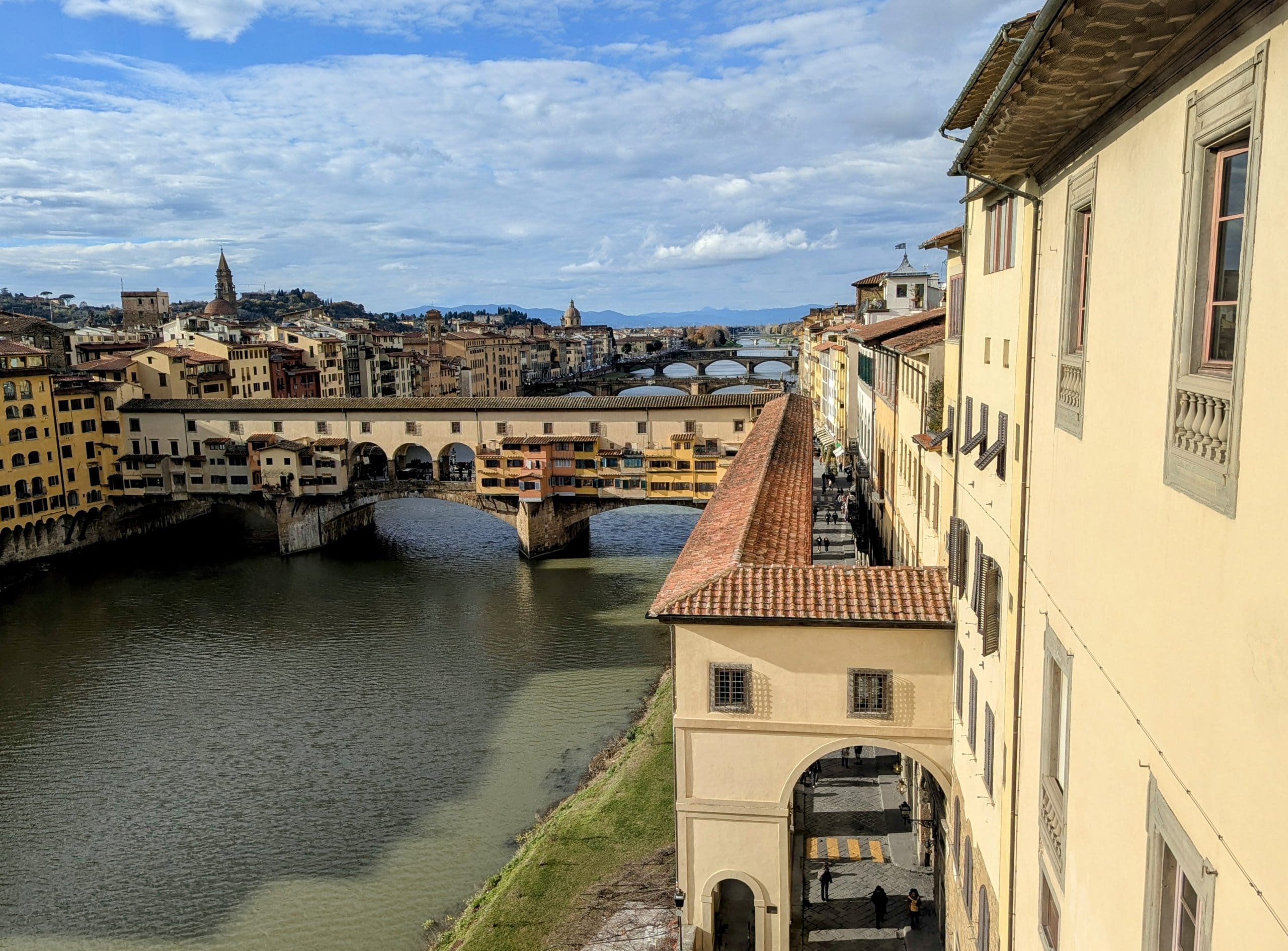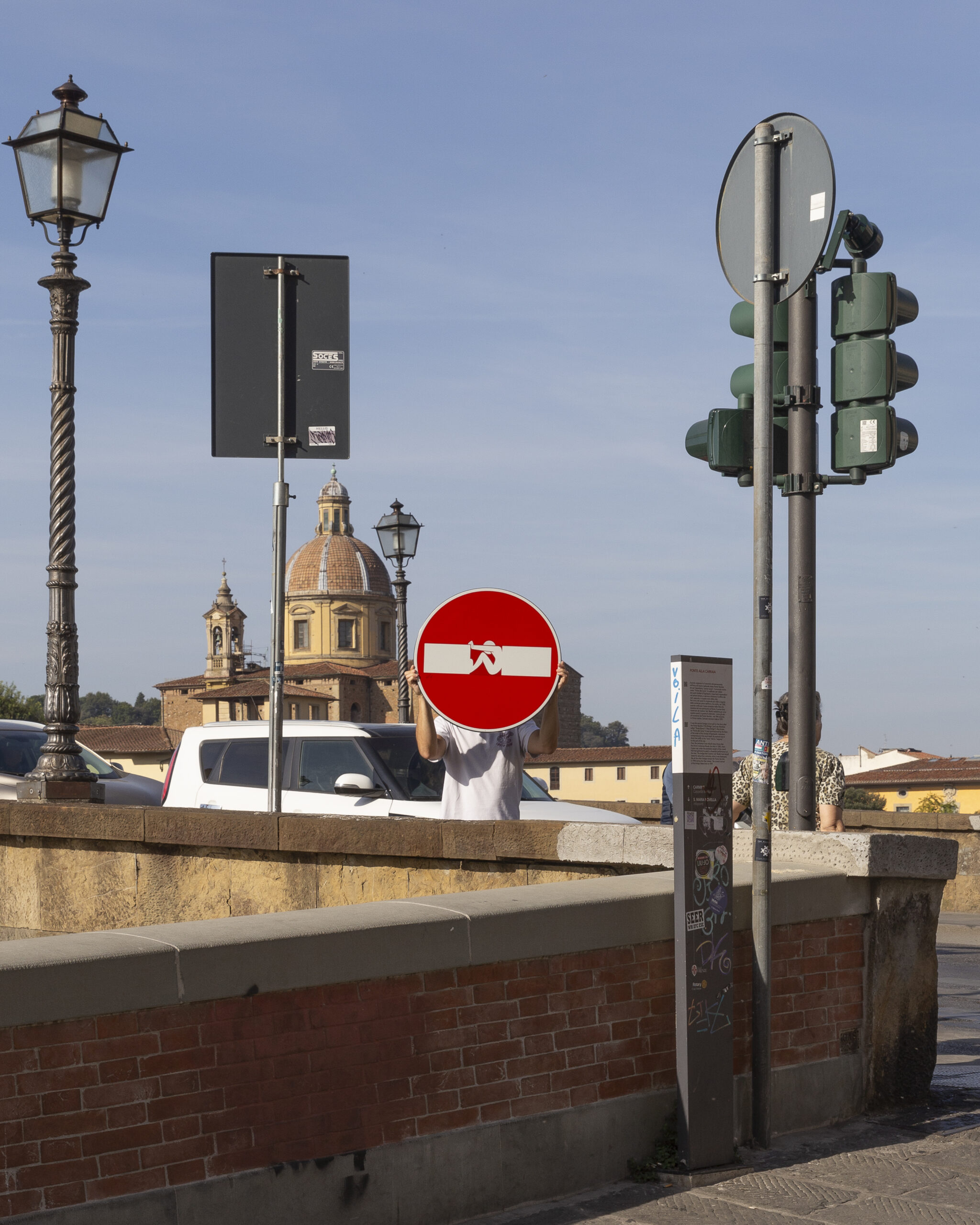The Three Pietàs by Michelangelo: No one thinks of how much blood it costs at the Opera del Duomo Museum
Michelangelo’s remarkable masterpieces are united in this stunning display in the Tribune Room at the Opera del Duomo Museum (piazza del Duomo 9). On show until August 1, the exhibition was launched on February 24 on the occasion of the Mediterranean Forum of Peace meeting that brought together the Bishops and Mayors of the Mediterranean. The religiously themed works depict the Virgin Mary mourning the dead body of Christ, with the three Pietàs varying vastly in style as Michelangelo’s artistic career and faith evolved.
The exhibition sees the Vatican (1498- 99), Bandini (from 1547) and Rondanini (1552-53) Pietàs positioned in three corners of the room, with viewers standing in the centre surrounded by Michelangelo’s poignant sculptures. The original Bandini Pietà is newly re-stored thanks to a contribution from Friends of Florence, with casts of the Vatican and Rondanini Pietàs expertly rendered to provide this unique occasion to view the three pieces in one space.
“The casts don’t look out of place next to the Florentine original”,
explains Barbara Jatta, director of the Vatican Museums,
“not only because they were carried out to perfection a few decades ago by masterful artisans, but above all because, in a time of much debate around NFT (Non-Fungible To-ken) and DOC.NFT (Digital Original Copy NFT) reproductions, they bear witness to the need for reproducing universal masterpieces of faith and art so they can be spread to a wider audience.”
The title of the exhibition takes a quote from Dante’s Paradise XXIX, Non vi si pensa quanto sangue costa for the show that represents a rare opportunity to compare and contrast the pieces. The exhibition was curated by the museum directors Barbara Jatta (Vatican Museums), Sergio Risaliti (Museo Novecento), Claudio Salsi (Superintendent of the Castle Area, Archaeological Museum and Historical Museums) and Timothy Verdon (Opera del Duomo Museum), with the project involving the Vatican Museums, Opera del Duomo Museum, Museo Novecento in Florence, Castello Sforzesco in Milan, Opera di Santa Maria del Fiore, the Municipality of Florence, Municipality of Milan and Fabbrica di San Pietro in a large-scale collaboration between Florence, Rome and Milan. Three plaster casts of the original Pietà will be on display in the newly designed Sala delle Cariatidi of Palazzo Reale in Milan next autumn.
